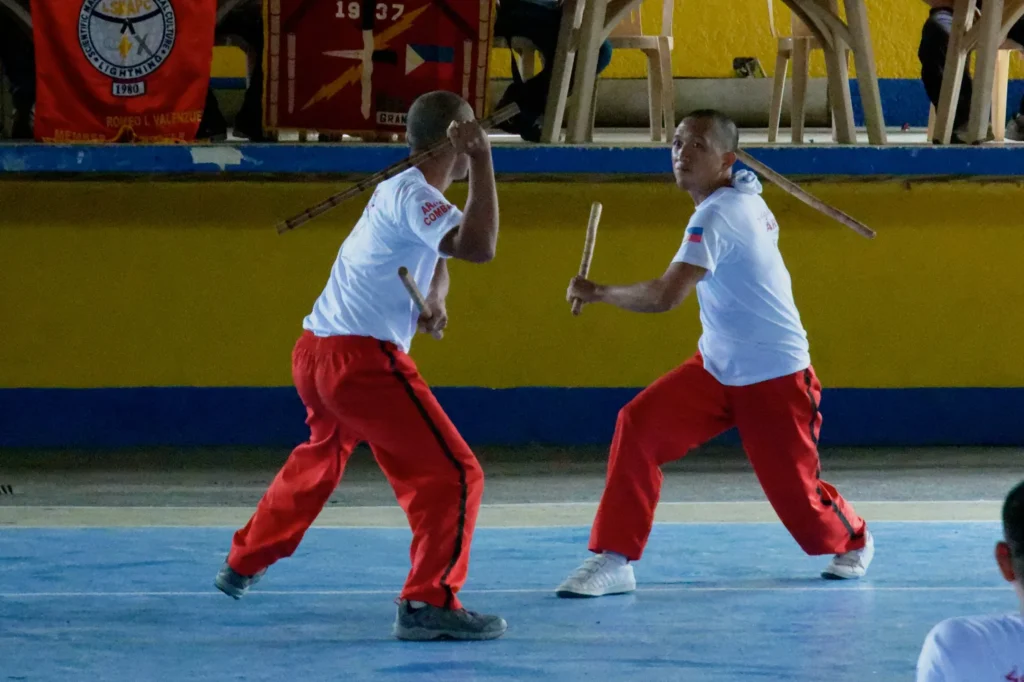The 10th World Games, which will take place in Chengdu, China, in the summer of 2025, will feature a remarkable combination of innovation, culture, and sport.As a multi‑sport event featuring disciplines not included in the Olympic program, the World Games bring together athletes from around the globe to compete in niche sports, while simultaneously celebrating regional heritage and global connectivity.
Chengdu, a city renowned for its history, cuisine, technology, and lush surroundings, has used this opportunity to transform the international sports festival into a cultural extravaganza—elevating the World Games into a bridge connecting tradition and advancement, the East and the West.
Part 1: Event Overview and Significance
A Platform for Unconventional Sports
The World Games spotlight distinctive sports like wushu, drone racing, parkour, artistic roller skating, and korfball—sports often overshadowed by mainstream events. For fans and participants indulging in these disciplines, the Games bring fresh excitement, athletic artistry, and new role models.
Global Participation, Local Celebration
Participants hail from more than 100 countries, uniting thousands of athletes, coaches, and supporters. Beyond competition, the event fosters cultural exchange through opening ceremonies, art installations, music performances, food festivals, and local crafts—a vibrant showcase of Chengdu’s cultural depth.
Part 2: Chengdu’s Sporting and Cultural Stage
Venues and Urban Design
The Games infrastructure in Chengdu combines new environmentally friendly facilities with historic sports arenas.Stadiums, sports centers, and public squares were upgraded or built with sustainability in mind—integrating solar panels, green roofing, and landscaping that doubles as public park space.
Many venues are located in scenic areas interwoven with gardens, bamboo groves, tea‑picking fields, or riverside promenades—allowing spectators to appreciate both athleticism and the region’s natural beauty.
Opening Ceremony: A Cultural Showcase
The opening ceremony fused traditional Sichuan opera, panda imagery, interactive drone choreography, and live music featuring global artists. Performers in ornate costumes danced against laser-lit backdrops, while drones soared overhead to form patterns depicting pandas, bamboo groves, and mythical figures of Chinese folklore.
Arts, Food & Community Events
Throughout the Games, night markets and food streets offered Sichuan specialties—hotpot, mapo tofu, noodle dishes—alongside international cuisine stalls. Artisan pop-up exhibitions showcased tea masters, calligraphers, ceramicists, mask painters, and silk weavers, all inviting visitors to explore hands-on crafts and regional heritage.
Concerts and movie screenings highlighted Chengdu culture as well as global cinema. Street performances featured shadow puppetry, traditional music, and modern dance, while outdoor light shows projected cityscapes and cultural stories onto riverfront buildings.

Part 3: Highlighted Sports and Key Moments
Wushu & Traditional Martial Arts
As an iconic Chinese discipline, wushu took center stage with breathtaking displays of grace, flexibility, and technique. Local pride and adoration from around the world were sparked by the competitions, which included group routines, sanda sparring, and taolu forms.
Drone Racing & Tech-Sport Innovation
At drone racing events, spectators watched high-speed aerial drones streak through neon-lit urban circuits. These races merged esports sensibilities with real‑world athleticism—pilots wearing VR headsets and navigating drones around buzzing city lanes and outdoor tracks.
Parkour & Urban Movement
Through plazas, courtyards, and buildings designed specifically for fluid urban mobility, parkour athletes performed breathtaking feats such as vaulting, climbing, and leaping.Their performances blended athletic artistry with Chengdu’s architecture and bridges.
Artistic Roller Sports & Acrobatics
Roller figure skating, inline hockey, and slam basketball events enthralled audiences with a fusion of acrobatics, speed, and choreography. These dynamic sports brought flair and imagination, often set to vivid lighting, music, and crowd interaction.
Part 4: Cultural Diplomacy & Educational Programs
Athlete-Citizen Engagement
Athletes participated in cultural exchange programs: joining tea ceremonies, panda conservation visits, calligraphy workshops, and local culinary classes. These informal interactions enabled deeper cultural connection and mutual understanding.
Youth Volunteer & School Initiatives
Local schools hosted student-led workshops on international games, sustainability, and fitness. Youth volunteers served as multilingual guides, staged pop-up performances, and organized mini sport clinics—propelling Chengdu’s youth as hosts and ambassadors.
Sustainability & Eco Messaging
Sustainability was integrated across the event: biodegradable cups, paperless ticketing, solar-powered lighting, and tree‑planting initiatives. Attendees were invited to carbon offset programs and public art installations urging climate action tied into the Games’ legacy.
Part 5: Technology, Innovation & Media
Smart City Infrastructure in Play
Chengdu showcased its smart‑city upgrades through real‑time crowd control, intelligent public transportation, mobile payments, and multilingual AI‑assisted kiosks. Augmented reality guides delivered venue routes, event updates, and cultural insights directly to smartphones or wearables.
Digital Engagement & Virtual Access
Virtual ticketing, live‑streaming platforms, and localized commentary allowed global audiences to follow events in real time. Virtual reality experiences brought fans into wushu arenas or drone racecourses via immersive 360° viewing.
Social Media & Global Storytelling
Social channels amplified Chengdu’s story—sharing athlete profiles, behind‑the‑scenes content, culinary tours, and local traditions. Influencers, micro‑documentaries, and live segments from paddies, tea farms, and mask‑painting studios gave the Games a textured, human dimension.
Part 6: Legacy, Impact & Future Vision
Tourism, Economic & Cultural Momentum
Post-Games, Chengdu anticipates sustained tourism driven by its blend of sports, culture, and scenic beauty. Venues and eco‑parks remain open for community use, festivals, and future competitions—strengthening the city’s international profile.
Sports Development & New Pathways
Sports like korfball, artistic skating, or drone racing have gained local traction. Grassroots clubs and youth programs emerged after the Games, nurturing future athletes and deepening local passion for these disciplines.
Global Cultural Signaling
Chengdu has positioned itself on the world stage as a center of cultural innovation, sustainable urban design, and community-driven sport. The World Games served as a stage for soft diplomacy—highlighting how global sports can engage with local culture respectfully and imaginatively.
Frequently Asked Questions (FAQs)
Q1: What are the World Games and how do they differ from the Olympics?
The World Games feature sports not included in the Olympic roster, focusing on niche or emerging disciplines like wushu, orienteering, drone racing, and artistic sports. They emphasize innovation, community engagement, and cultural integration.
Q2: Why was Chengdu selected to host the 2025 Games?
Chengdu offers a rich cultural heritage, modern urban infrastructure, and a commitment to sustainability and global exchange. Its blend of ancient traditions and cutting‑edge technology created an ideal backdrop for the fusion of sport and culture.
Q3: Which sports drew the biggest audience or media attention?
Wushu attracted hundreds of competitors and international viewers. Drone racing captured attention with its neon-lit courses and high-speed thrills. Parkour and artistic roller sports also drew crowds for their visually stunning performances.
Q4: How did Chengdu integrate culture into the event?
Cultural integration happened through opening and closing ceremonies steeped in local tradition, street food and artisan markets, performances of Sichuan opera and music, public art installations, and interactive workshops focused on calligraphy, tea, and panda conservation.
Q5: Were there sustainability initiatives involved?
Yes—venues featured solar installations, public spaces were enhanced with green infrastructure, eco‑friendly materials were used for signage and packaging, and programs such as tree planting, carbon offsetting, and reusable resources supported a low‑impact design.







